Guide to Orthopedic X-rays, MRI, Ultrasound, and CT Scans
Discover essential insights into orthopedic imaging tests like X-rays, MRIs, ultrasounds, and CT scans to confidently navigate your diagnosis and treatment options.
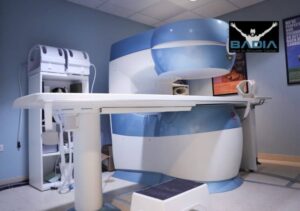
Discover essential insights into orthopedic imaging tests like X-rays, MRIs, ultrasounds, and CT scans to confidently navigate your diagnosis and treatment options.

Discover effective strategies to prevent computer-related pain and protect your hands, wrists, and elbows from Repetitive Strain Injuries with expert insights from Dr. Badia and the team at the Badia Hand to Shoulder…
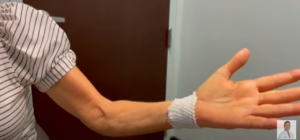
Discover how a Honduran patient found relief from four years of carpal tunnel syndrome pain through endoscopic surgery, transforming her quality of life.

By Gabrielle Kassel, August 20, 2020 August 20, 2020 Carpal tunnel syndrome, one of the most phonetically pleasing health conditions in the English language, affects the wrists. As many as 10 million Americans — that’s about 3 percent of the population — have some degree of this condition. Carpal tunnel can cause quite a bit… [Read More]
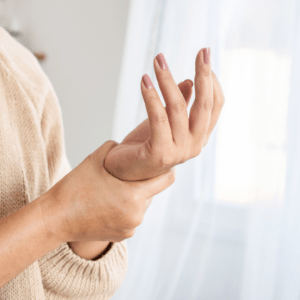
By Sanctuary magazine staff Carpal tunnel, which is a common nerve compression disorder causing pain, tingling and numbness in the wrist, hand and fingers, is an occupational disease, right? “Wrong,” says Alejandro Badia, M.D., a noted hand and upper limb specialist and founder and chief medical officer of the Badia Hand to Shoulder Center and… [Read More]

(HealthNewsDigest.com) – Miami, FL, June 4, 2019 – It is natural to want to ascribe a simple cause to a problem. If your wrist hurts or your hands are numb it must be because of typing. However, according to Alejandro Badia MD, an orthopedic surgeon specializing in treatment of the upper limbs, including hands and… [Read More]

Dr. HT is a respected heart surgeon known as a pioneer in robotic assisted cardiac surgery. It is no wonder that he spent months agonizing over whether he should undergo surgery himself for his own painful hands that suffered from carpal tunnel syndrome. He sought out a surgeon who performed the endoscopic procedure as he… [Read More]
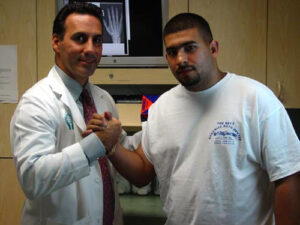
E.G. is a young man who was lending a helping hand in his father’s auto shop when he nearly gave up that hand to a freak accident. He was changing a truck tire when it suddenly exploded causing his elbow to dislocate and nearly amputate his hand. The wrist injury was so severe that it… [Read More]

Procedure and Testimonial If you were given the option of general anesthesia or a block paired with virtual reality glasses that transport you to beautiful deep ocean views, which would you choose? When asked what method he preferred the patient stated he liked being wide awake a lot more. In this video the patient had… [Read More]

Palomino discusses boxer’s knuckle diagnosis with Dr. Badia Bare knuckle world champion @luisbaboon and Dr. Badia discuss Boxer’s knuckle diagnosis after he receives an injection of growth factors before his 6th title defense. What is boxer’s knucle? “boxer’s knuckle” is known as a metacarpophalangeal joint injury. Occurs when there’s damage to the ligaments and tendons… [Read More]
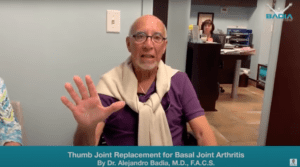
By Dr. Alejandro Badia Orthopedic Hand, Wrist, Shoulder and Elbow – Badia Hand to Shoulder Center Doral, Miami Florida

Request an appointment
with Dr. Alejandro Badia

Badia Hand to Shoulder Center
Complete Care of the Hand, Wrist, Elbow and Shoulder in one Medical Facility Dr. Alejandro Badia, M.D, F.A.C.S. Past President ISSPORTH (2011-2013)
Our Office Hours:
Monday- Friday: 8:30AM- 5:00 PM
Saturday- Sunday: Closed


